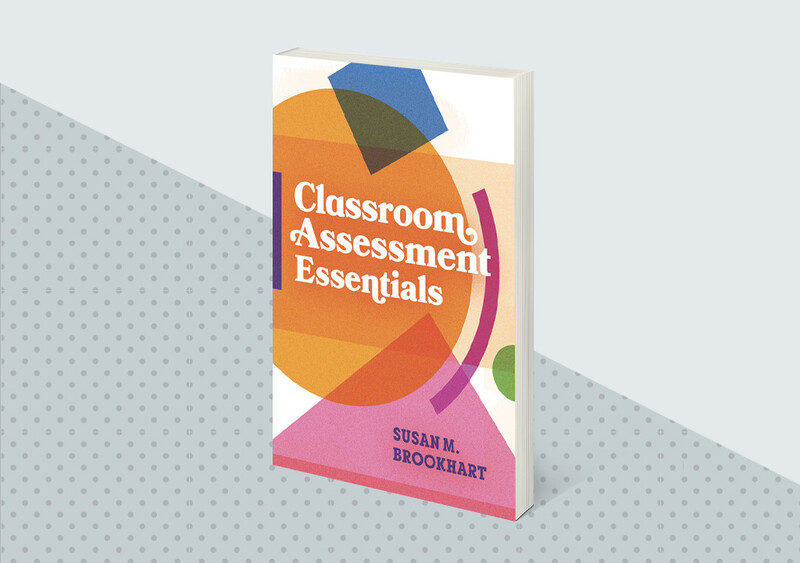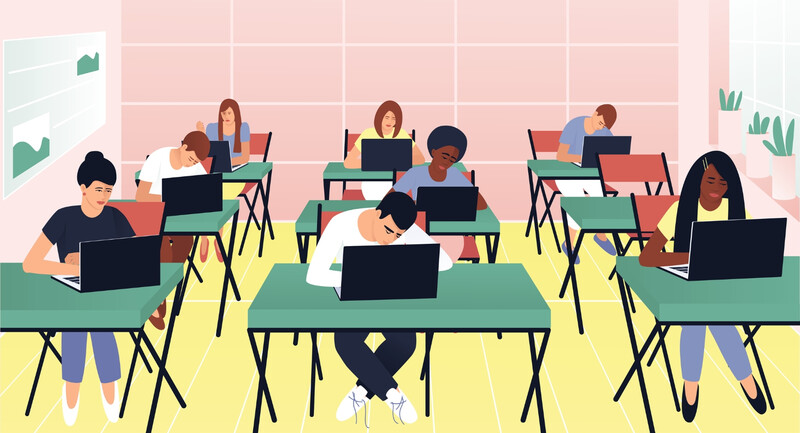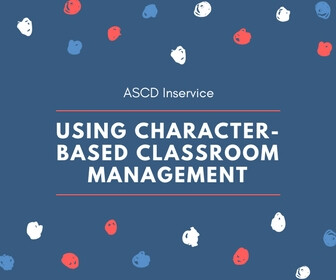Editor’s note: In Susan M. Brookhart's comprehensive guide Classroom Assessment Essentials (ASCD 2023), assessment takes center stage as a crucial element in effective teaching, providing educators with foundational concepts and practical skills essential for navigating the complexities of designing and implementing reliable assessments. This exclusive excerpt is a glimpse into one of the 21 essentials discussed in the book for effective classroom assessment.
In Chapter 5, "Helping Students Use Self- and Peer Assessment," Brookhart presents a spectrum of self-assessment strategies, asserting that real growth lies not in the strategies themselves but in students' learning experiences. Brookhart challenges the belief that teachers alone provide feedback, emphasizing the pivotal role students play in their own educational journey. By aligning their work with predetermined criteria and reflecting on their understanding, students gain the ability to discern their own strengths and weaknesses, fostering a culture of active participation and continual improvement.
Self-Assessment in Action
The table below (Figure 5.1) presents a list of different kinds of self-assessment strategies. With a climate of learning firmly in place, these strategies can work. Without, they will not. There is no magic in the strategies. . . the magic is in the students’ learning. Note that some of the strategies in Figure 5.1 can be done as global reflections on one’s understanding, and others require that specific criteria be used. All of the formative self-assessment strategies for reviewing work or performance, however, require that students compare their work to criteria. Therefore, high-quality self-assessment requires high-quality criteria.
Self-assessment of amount of understanding.
Rather than assuming students are following during a lecture, demonstration, or problem set, why not ask? Students can rate their perceived understanding using a variety of gestures or indicators, most of which are probably familiar to you. One thing all these indicator systems have in common is that they allow you to survey the entire class, not just a few students who are called on. Another thing these indicators have in common is that they are ratings of an amount of understanding or confidence in understanding. They don’t indicate what students are understanding. For that, students need to use words and explain their thinking.
Self-assessment of quality of understanding.
Students can explain their thinking in writing in reflective journals or quick-writes. Make sure the question you ask is the one about which you want students to self-assess. You can build feedback breaks into any lesson to make sure students are taking time to self-assess and process the work or the reading they are doing or the lecture or video they are viewing. Simply pause at a good stopping place and use one of the self-assessments of understanding. Written self-assessments may interrupt the flow of a lesson, but oral self-assessment of the quality of understanding can be done with a brief, well-facilitated class discussion about what students are thinking.
Self-assessment of quality of work/performance.
The previous self-assessments of amount or quality of understanding attempt to get “inside a kid’s head” and elicit their perceptions of what they are thinking. For student work on an assignment, self-assessment should be based on shared criteria established before the work is begun, either by the teacher or by co-creating the criteria with the students. That means that the first requirement for student self-assessment of their work is that they have criteria and that they use the criteria as they complete the work. All of the examples in Figure 5.1 for student self-assessment of the quality of their work are variations on applying the criteria to their own work.
Nurturing Empowered Learners
Teachers are not the only source of feedback for students. Students themselves can be sources of feedback. Self-assessment happens when students compare the criteria for good work to their own work, identify their strengths and weaknesses accordingly, and decide what they think they should do next. Developing students who are capable of self-assessment is in some ways the goal of the formative learning cycle—indeed, a major goal of education in general.
This post is excerpted from Classroom Assessment Essentials by Susan M. Brookhart, Arlington, VA: ASCD. Copyright 2023 ASCD.
Classroom Assessment Essentials
The assessment book K–12 teachers need to monitor and maximize student learning.









